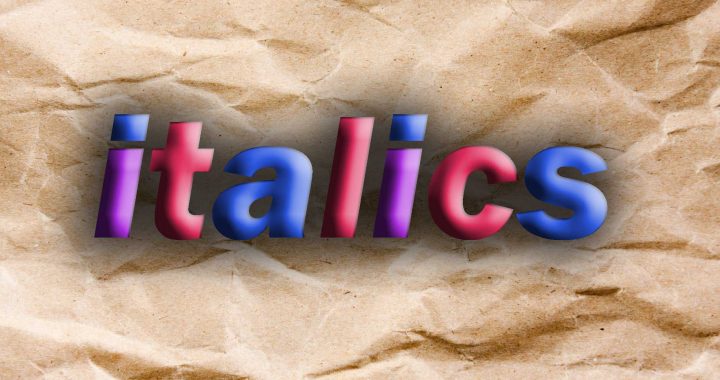We’re introducing you to people who are part of the Betterwrite world. Welcome to RACHEL ROWLANDS.
Rachel, what’s your connection with Betterwrite?
I’m a member of the Chartered Institute of Editors and Proofreaders, and was invited to become part of the editorial team at Betterwrite. I was more than happy to get involved.

In Kamakura, Japan, with the Great Buddha
Tell us about your work.
I work as a freelance editor, providing developmental support to authors as well as editing and proofreading services. I mainly work with genre fiction (I love fantasy and sci-fi, especially if it’s YA or middle grade), but I occasionally dip into commercial non-fiction. I’m a writer myself and studied literature and creative writing at university, so I love being able to help authors editorially as well as supporting their publication goals. I know first-hand what a difficult path it is!
What are you working on at the moment?
I just wrapped up a proofread of a horror novel, and recently finished a manuscript assessment of a really promising YA sci-fi. Next on the agenda is an assessment of an adventure novel, which should be fun!
What do you like about your work?
I get to do something I love all day, which is to read, and I get to do it from home! I also really enjoy helping people, so knowing that I’ve helped a writer with their project or their publication goals is so rewarding.
What don’t you like?
Sitting down for long stretches of time! Telling an author their work isn’t ready for professional input can be hard, too, but sometimes an author’s work just isn’t ready, especially if it’s their first ever book. Advising them to hone their craft and keep practising is sometimes in their best interests.
Have you got a personal bugbear?
Info-dumping, although it’s a common problem in early drafts, especially among newer writers. But too much of it becomes a slog.
What has pleased you in your work?
I’ve worked with some really lovely authors who take feedback gracefully and with a willingness to learn. I’ve also worked on some books that have become bestsellers, including a USA Today bestseller.
What didn’t please you?
Very rarely an author will argue with me about everything. It’s fine to disregard some advice, of course, but part of being an author is learning to take feedback from professionals on board in order to improve. Disregarding feedback and refusing to listen doesn’t build the foundations for a successful career.
What amused you?
Silly typos! And witty characters, especially in YA and middle grade.
Whose writing do you enjoy?
I have always loved Samantha Shannon’s work – Priory of the Orange Tree (an adult fantasy) has such stunning writing. I also recently read The Dollmaker of Krakow by R.M. Romero, which was gorgeously written.
Favourite title?
It’s difficult to choose, but Priory of the Orange Tree by Samantha Shannon quickly became my favourite fantasy novel ever. The Harry Potter series also shaped my life, as I grew up with it.
What do you like about this author’s writing?
Samantha Shannon’s work is very lyrical, especially in Priory, so I always tend to learn new words!
Give us a quote.
“It is our choices, Harry, that show what we truly are, far more than our abilities.” – Albus Dumbledore, Harry Potter and the Chamber of Secrets
What’s your favourite word in English?
I find the word flibbertigibbet amusing! I also recently learned that a snaccident is a thing, at least slang-wise, and I think it’s great.
Favourite saying?
Don’t compare your behind-the-scenes with everyone else’s highlight reel (applies to writers on social media, for sure).
Apart from your work, what plans or ambitions have you got?
Most of my ambitions involve my work (either writing or editing; I suppose I’m a workaholic!) But I’ve always wanted to visit New York and other parts of the US.
How will you do that?
Keep saving up (and maybe become a bestselling author and go there on a book tour – I can dream).
What have you learned about life?
It’s unpredictable, and having gratitude is important.
What have you learned about people?
They’re not as good as cats.
Tell us something quirky about yourself.
I’m very nerdy. I love video games and Studio Ghibli movies.
Finish with a story, true or false, with beginning, middle and end, up to 30, 60 or 120 words.
One morning, I woke up and felt my hair tickling my cheek. I moved my hand to brush it away, but felt a crawling sensation and panicked. I sat up quickly, looked down… and saw a huge, hairy spider running over my pillow. I screamed, and my partner whacked it with the TV remote and squashed it. (True horror story.) (60)





 Have you hit all the romance beats?
Have you hit all the romance beats? If you write an epilogue, is it too trite?
If you write an epilogue, is it too trite?
 Dialogue must advance the plot and create suspense
Dialogue must advance the plot and create suspense What to leave out of dialogue
What to leave out of dialogue
 Have you considered a development edit before submission?
Have you considered a development edit before submission?

 Barriers to effective communication
Barriers to effective communication

